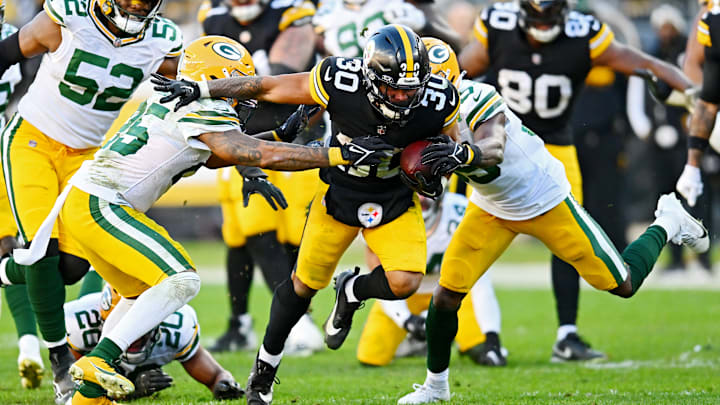The Ugly: Matt Canada's Route Schemes Make Things More Difficult on Pickett
It's bizarre how an offense that is designed to be simple, conservative and mitigate risk can still be so mind-numbingly difficult for its quarterback.
Pickett made the bad portion of this article for his efforts, and they were deserved, but Matt Canada, for all his improvements over the past few weeks, still has elements in his offensive approach that handcuff the team.
One of the improvements we had seen in spurts over the past few weeks was allowing Kenny Pickett to work over the middle of the field with some slants and play-action designs. Those were completely non-existent with the exception of the third-down pass to Pickens
Not throwing over the middle is risk aversion, and shows a lack of trust in the quarterback, which in turn makes it difficult for the fan base to trust Pickett.
On top of that, Pickett's options week in and week out are on the sideline, where he can put the ball in places only his man can get it, but the passes are also low percentage. It's drastically more difficult for the quarterback to get in a rhythm if he isn't given the opportunity to complete easy passes.
To really make matters worse, there aren't enough plays designed to get the football into the hands of Johnson and Pickens easily. They are both dynamic playmakers who are not given opportunities to make an impact. Both had just four targets. It's not enough and it holds the offense back.
Plays such as the early rollout to hit Pickens on a quick hitch are perfect examples of plays designed for the playmaker. Do more of that, and do it over the middle. Let the receivers do the work after the catch, rather than during the process of making the catch.
